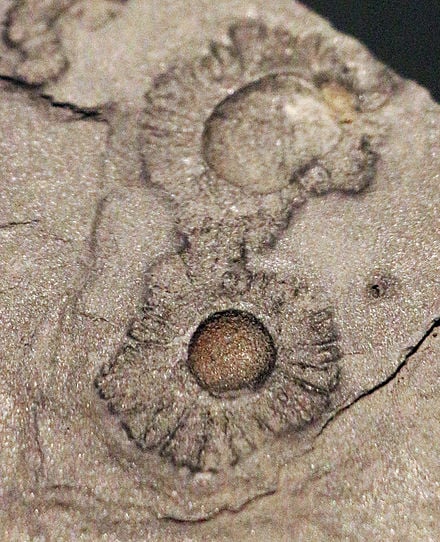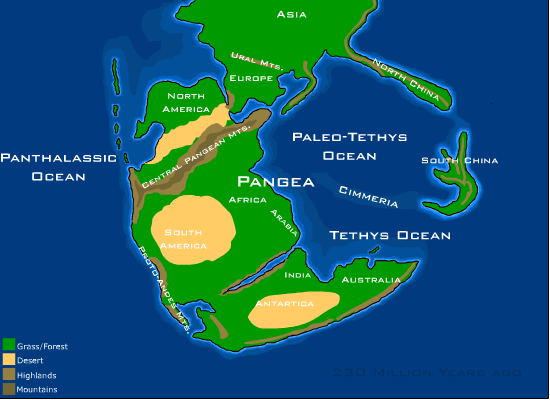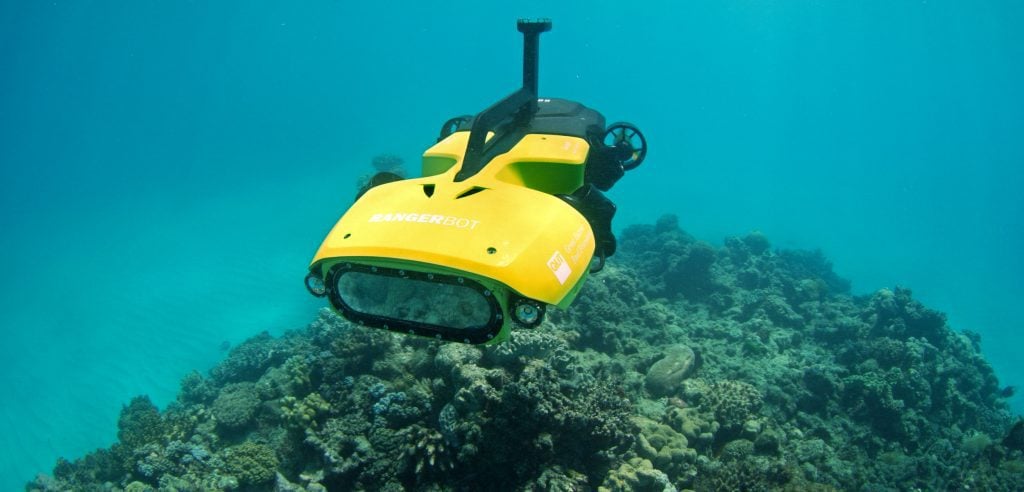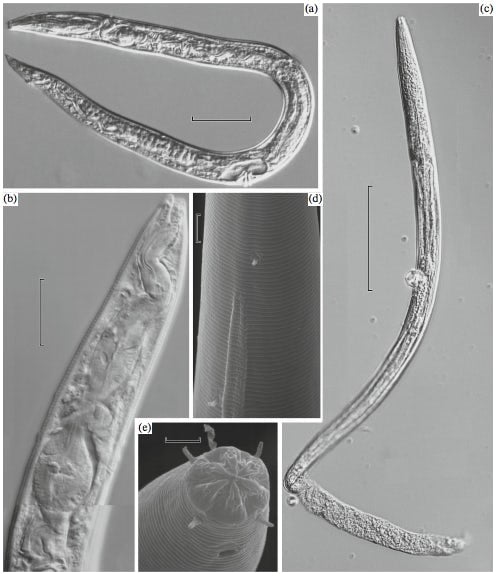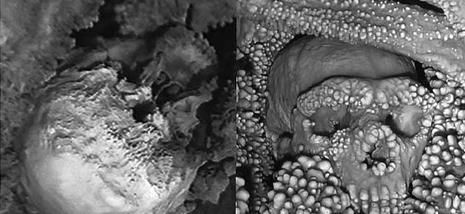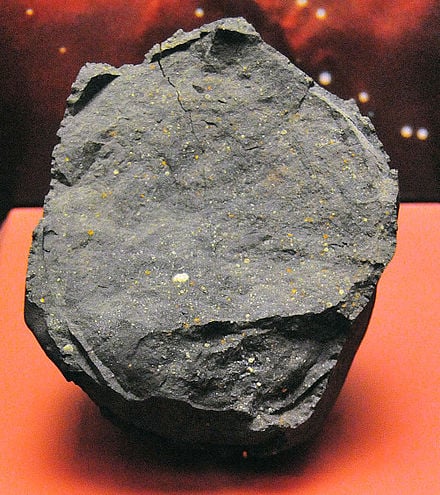Aroundf 2.1 billion years ago, there existeed several multicellular organisms, that were likely one of the first forays into multicellularity, they coincided with a brief moment of increased oxygen levels and went extinct after the levels dropped, they do not have any modern-day descendants.
Francevillian biota Francevillian biota fossils The Francevillian biota (also known as Gabon macrofossils or Gabonionta) is a group of 2.1-billion-year-old Palaeoproterozoic, macroscopic organisms known from fossils found in Gabon in the Palaeoproterozoic Francevillian B Formation, a black shale province. The fossils are regarded as evidence of the earliest form of multicellular life. The fossils were […]
